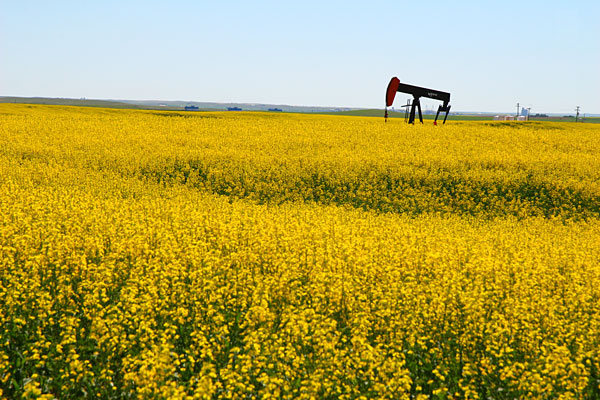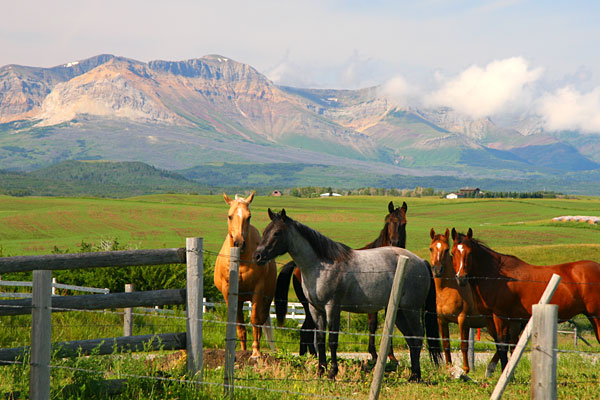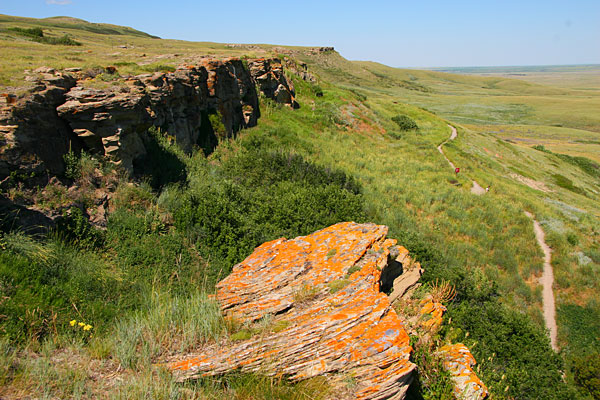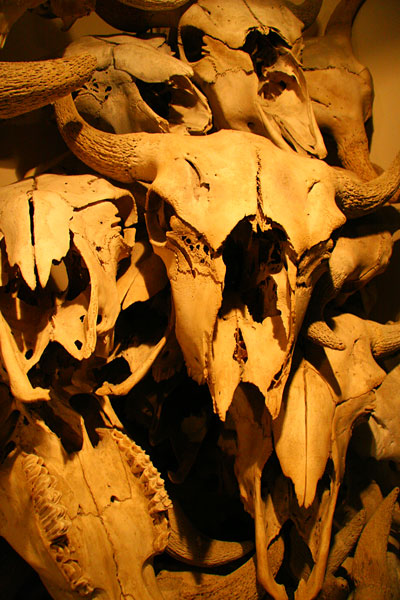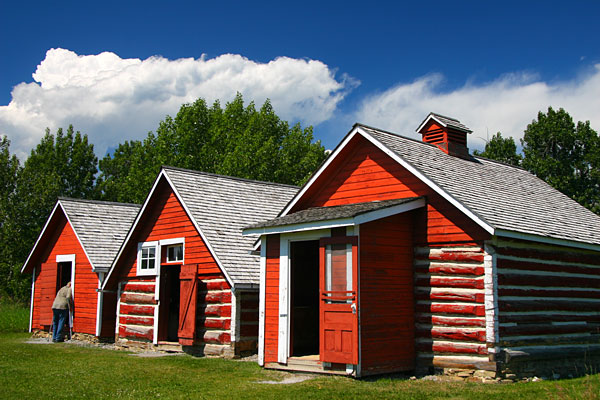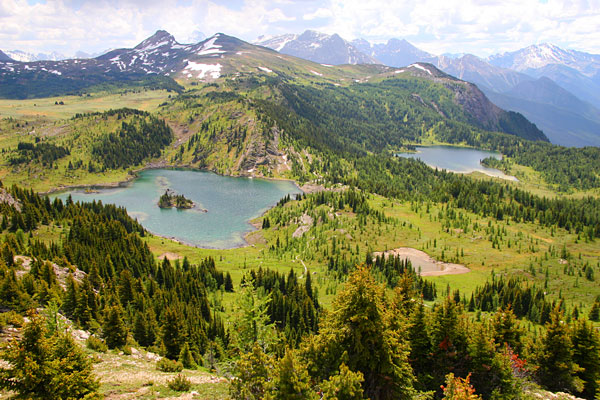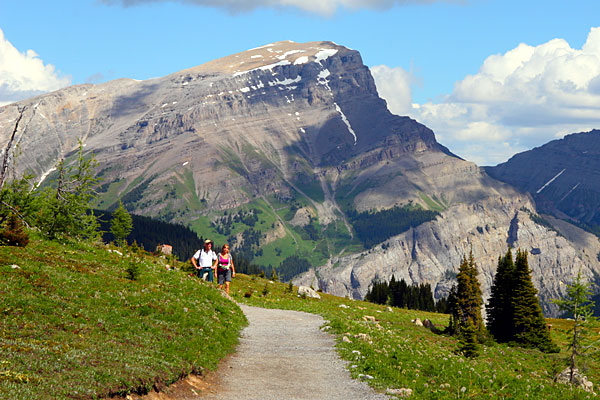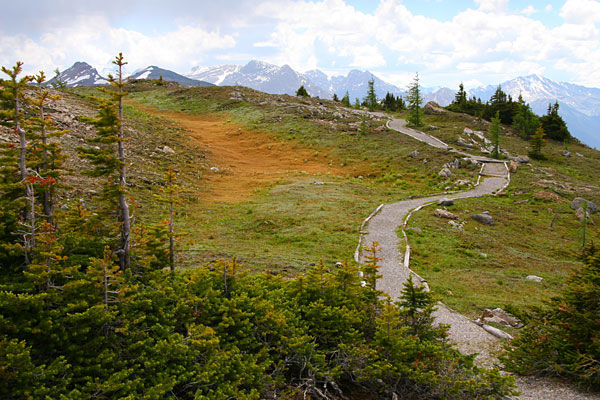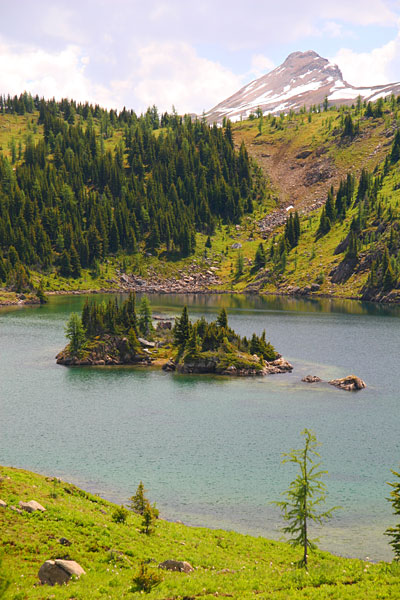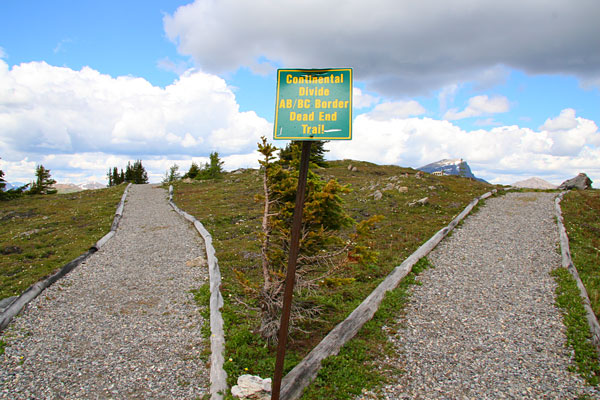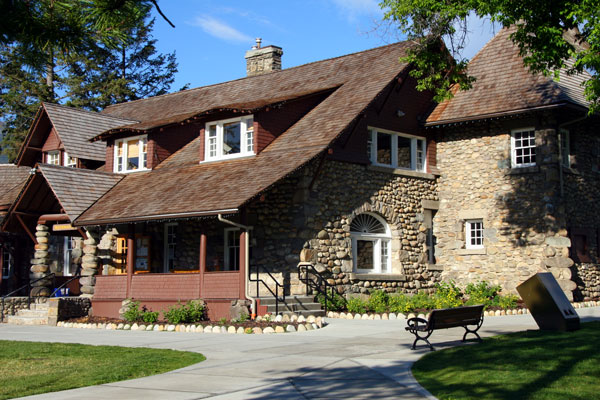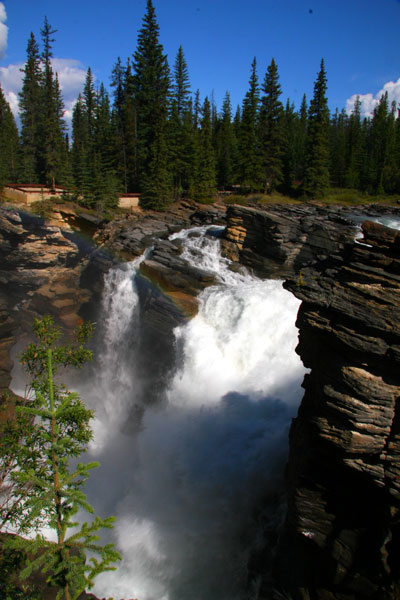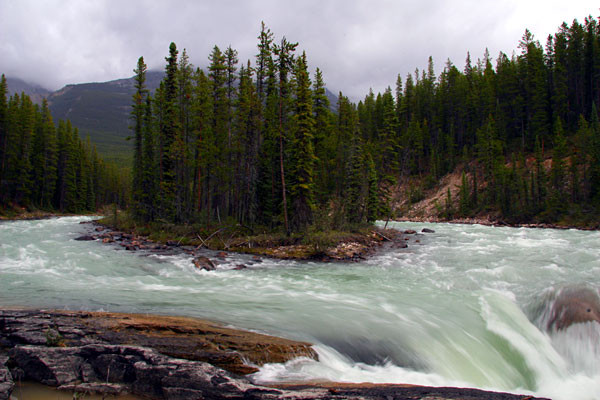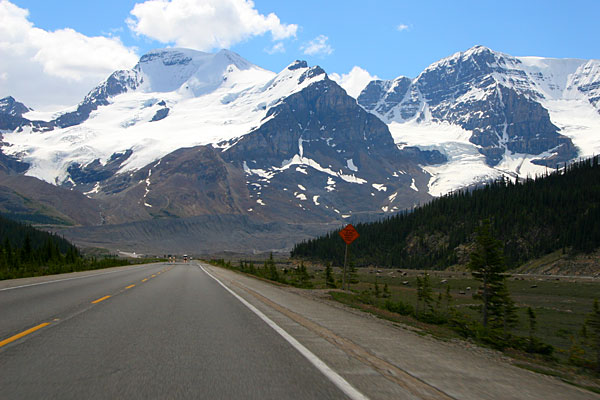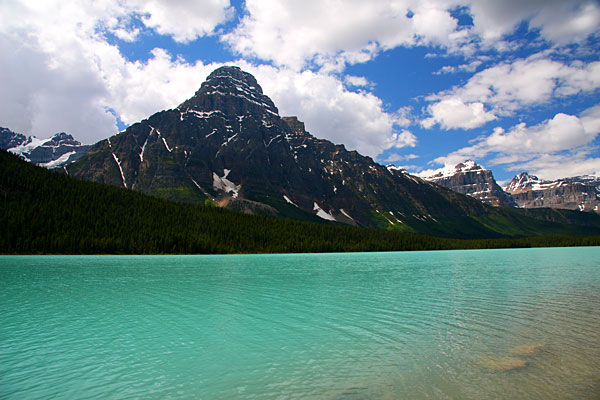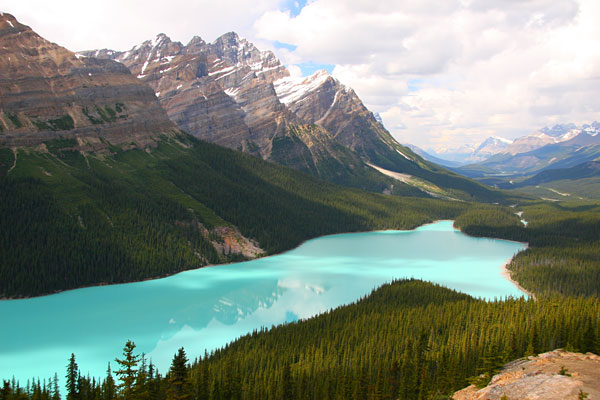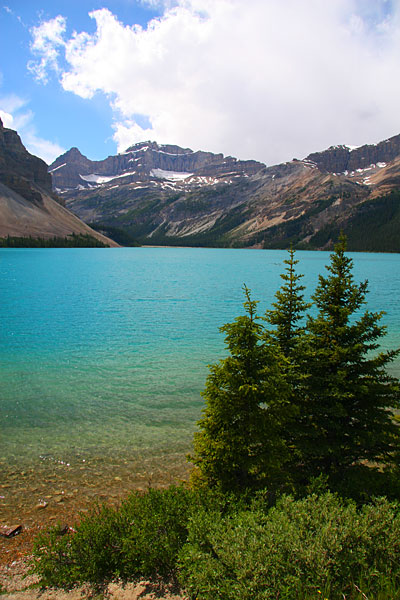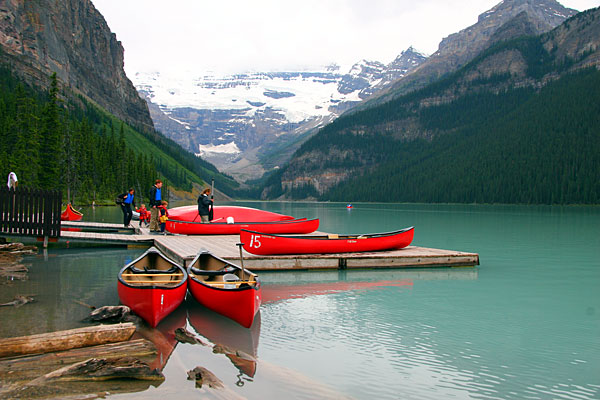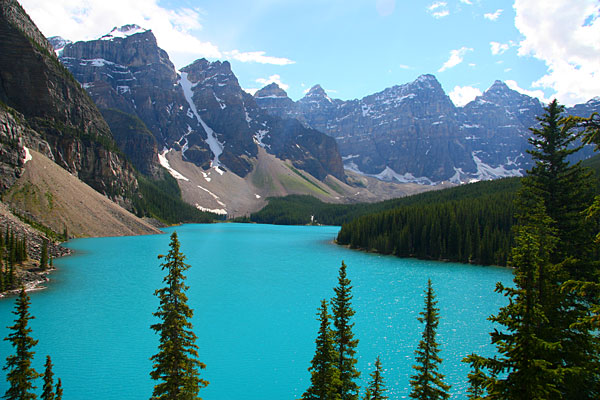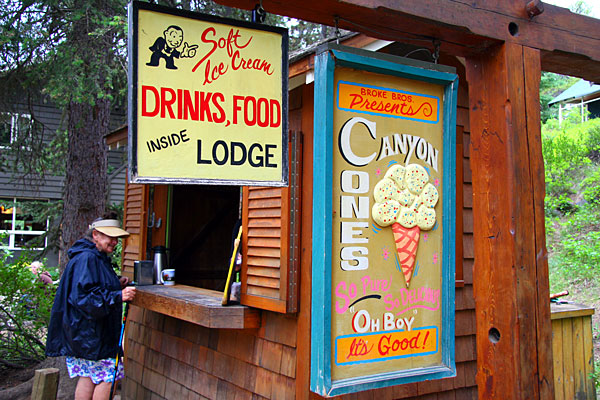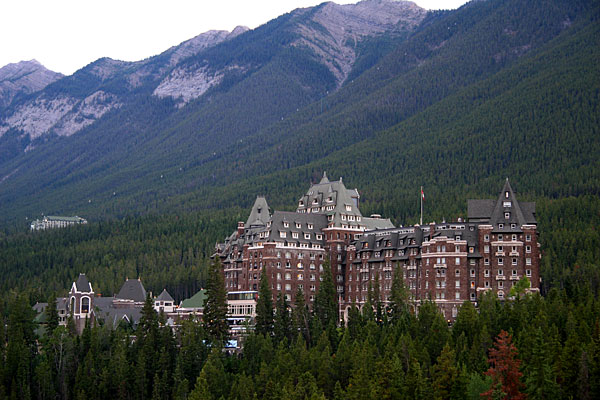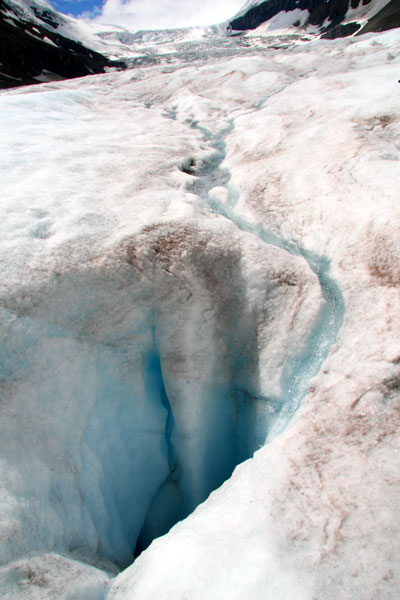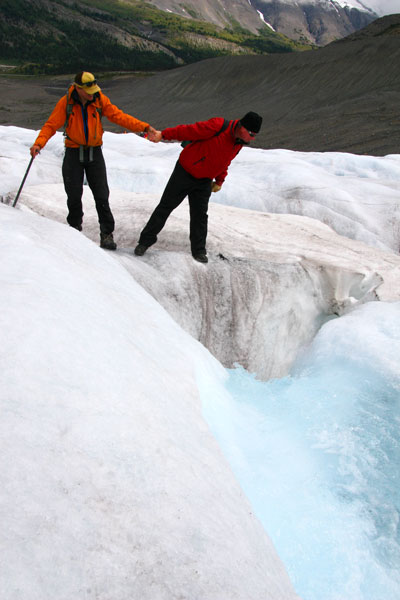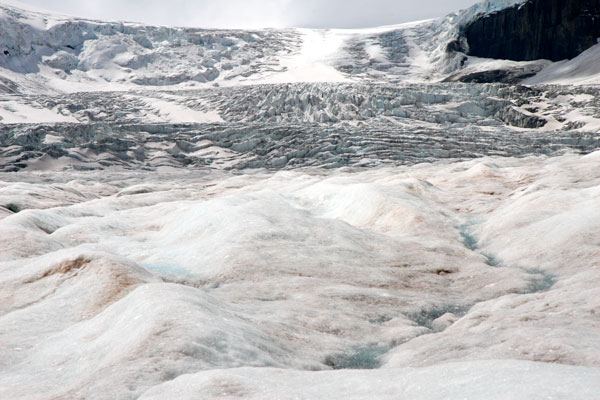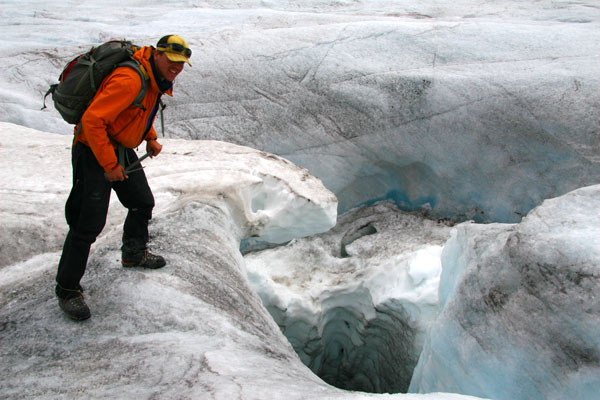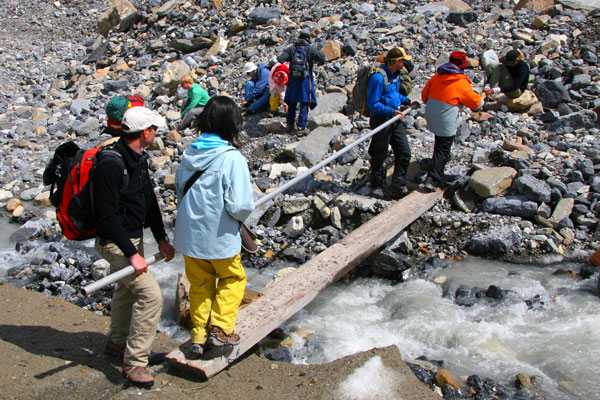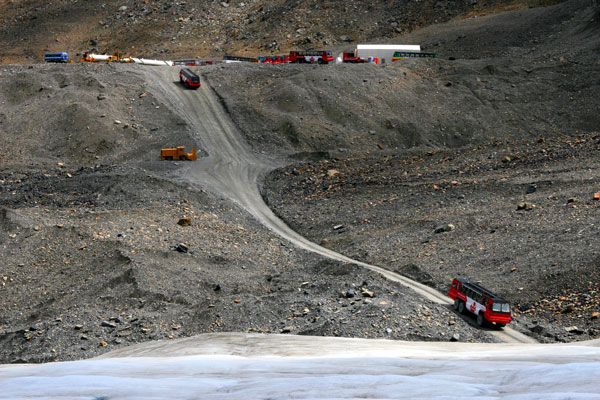
A 90-minute drive northeast of Calgary, between the prairies and even more prairies, lies a medium-sized town that one of my coworkers call, in a humorous and slightly condescending way, "Dino Village."
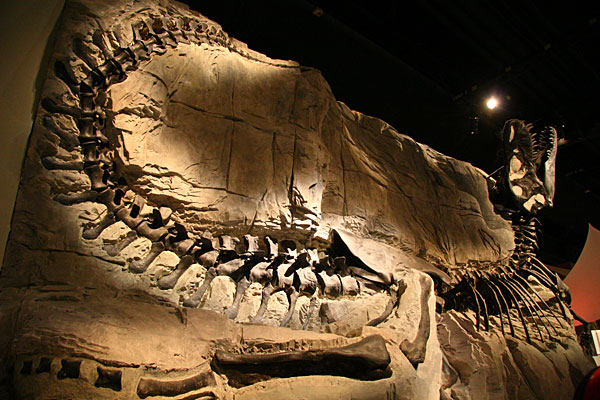
Now that's not all condescending -- even the town's own official website is currently titled "Town of Drumheller - Dinosaur Valley," so there's a bit of truth in the humor. The town is actually one of the booming natural gas producing areas in its own right, though to virtually every visitor the main reason for the detour has to do with the region's rich fossil deposits, culminating inside a huge, well-organized and truly world class museum -- the Royal Tyrrell Museum of Paleontology.

Anyone who has ever taken a multi-day roadtrip anywhere in North America has the right to be skeptical of the word "museum" -- thousands of roadside "museums" exist for the purpose of showcasing anything from an old granny's collection of sewing machines to the amazing world of perogies. But Royal Tyrrell is one of the best in Canada, hosting 10 million visitors in its 25 year existence and granted royal status by the Queen. That's quite an accomplishment considering its location in a relatively remote region in southern Alberta, nowhere close to the main highway connecting Calgary and Edmonton. Visitors don't come this far unless there's a real good reason.

But why on earth would the government of Alberta invest in a world class museum in the middle of nowhere, as opposed to Calgary or Edmonton? Well here's the uniqueness of Royal Tyrrell -- the museum is situated right in the middle of one of the prime fossil-producing areas in North America, and some of the fossil displays were excavated within short distance of the museum. That includes the famous Albertosaurus, a smaller, but equally terrifying, Canadian version of the T-Rex.
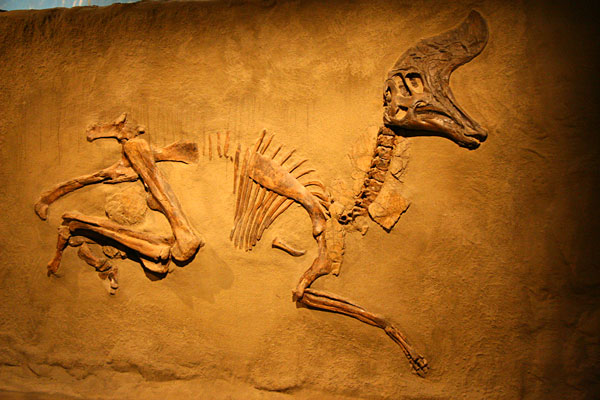
Almost all exhibits were excavated from within Western Canada, with many coming from local sites in southern Alberta. Hadrosaur skeletons like the one pictured here can be found in the vicinity of Drumheller, while a near-complete nesting site had been found further south in Devil's Coulee.

Walking into any jewelry shop in Alberta and you'll find a uniquely Albertan gemstone with a wildly colorful, iridescent opal-like appearance. One of the rarest gemstones on earth, Ammolites (with an L) are organic gemstones made of fossilized shells of ammonites (with an N), a now-extinct group of molluscs that roamed the Alberta seas in the Mesozoic Era. If a fingernail-sized piece on a pendant costs upwards of CAD$500 (see Korite.com) in local jewelry shops, this 3-foot-diameter shell here must be near priceless.

Aside from serving as an interpretive museum to the public and raising public awareness to Alberta's rich fossil records, Royal Tyrrell is renowned in the academic world as a premier research centre for paleontology, complete with an excellent backyard for fieldwork. The Horseshoe Canyon, just a few kilometers to the west of the museum, contains some of the most abundant Mesozoic fossil beds in Canada.

Fossils excavated from the field are transported back to the lab for preparation and cleaning. To provide visitors with a real-life demonstration of the daily work in a paleontology lab, one of the museum's resident technicians set up a curator station with a working sample to explain the whole process of removing the surrounding rock to expose the fossil.
But what really sets this museum apart from most fossil exhibitions I've visited is its focus on interpretation and public education. For visitors staying for more than a couple hours, the museum provides a wide variety of hands-on learning programs ranging from fossil casting for kids to guided hikes to a nearby dinosaur quarry. We ran out of time, but I seriously considered joining an excavation clinic where participants learn to extract replica dinosaur bones in a simulated quarry environment.
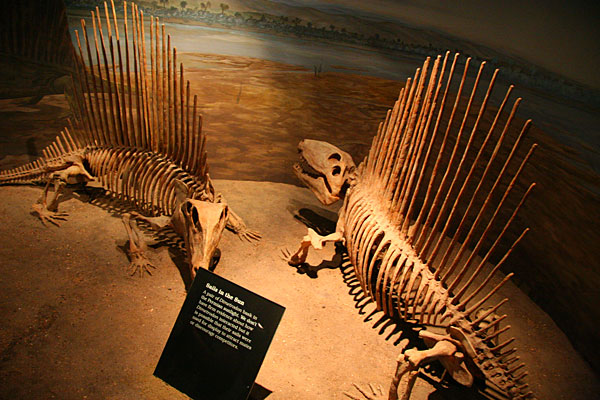
Taking public education a step further, the museum even offers accredited paleontology courses within the local school district for high school students working towards their graduation. That's miles ahead of typical museums focusing on academic research and exhibition.

Well, even a world class museum is still a museum. The best way to really appreciate Southern Alberta's natural heritage is to walk among the outlandish rock formations of the badlands. Just outside the museum is a short, well-marked interpretive trail taking visitors through the moonscape-like layers of fossil-yielding sedimentary rocks. One word of advice though ... come back an hour before sunset for the most dramatic colors and contrasts. The above picture was taken around noon and does not do any justice to the beauty of badlands scenery at sunset. Just compare the above picture with those taken at Dinosaur Provincial Park at sunset in the next post and you'll be convinced.
